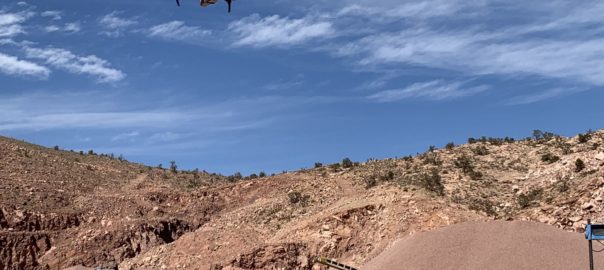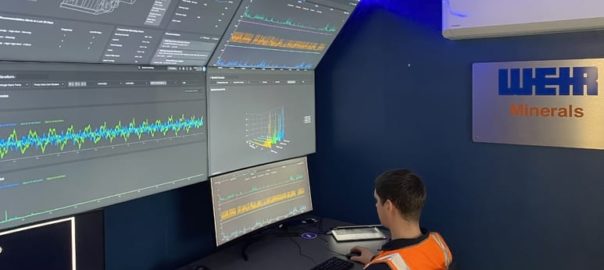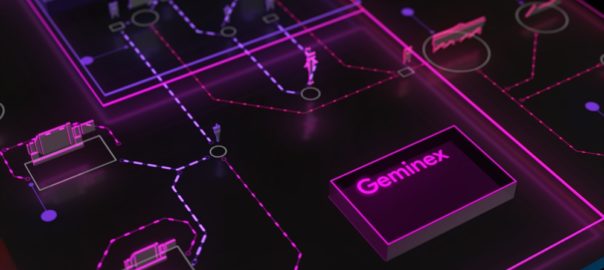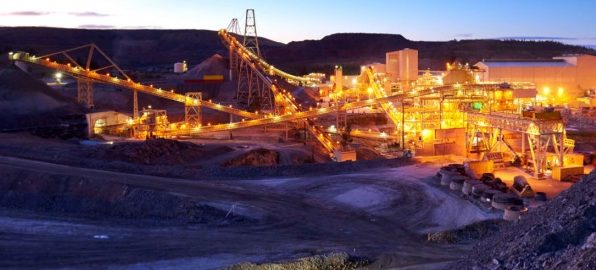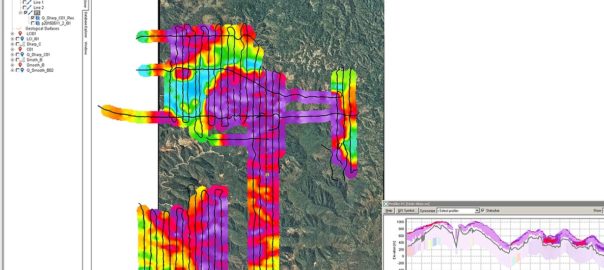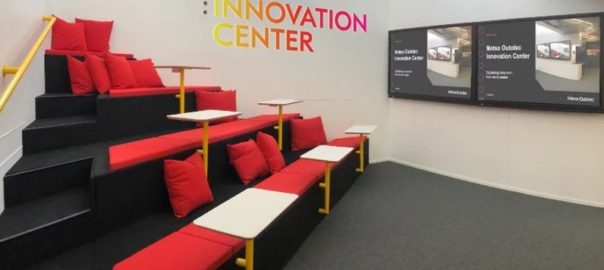Bentley Systems, Incorporated has entered into a non-exclusive commercial agreement with Worldsensing to, Bentley says, strategically accelerate the adoption of Infrastructure IoT and further unlock value for infrastructure designers, constructors and owner-operators in their use of infrastructure digital twins.
The transaction will see Worldsensing acquire the sensemetrics Thread connectivity business to expand its portfolio offering.
Worldsensing’s acquisition of the sensemetrics Thread connectivity business will, Worldsensing says, expand and complement the company’s product portfolio, offering new options to its customers where adaptive sensor integrations or active sensor management are a key requirement.
The company offers sensor solutions for mining in critical asset monitoring applications.
Thread, Worldsensing says, offers broadband sensor connectivity uniquely to connect dynamic, high-power, or high-speed sensors and stream sensor data to the cloud for analysis. It is a fully autonomous sensor connectivity device with optional integrated 4G/LTE cellular modem, wireless mesh networking and battery pack in a weather-resistant enclosure. Each broadband device also serves as a gateway for wireless smart sensors.
“Combined with Worldsensing’s existing market-leading offerings, Thread will be a driver for new growth opportunities,” the company says. “Worldsensing will become a preferred sensor connectivity partner to Bentley and Bentley will become a preferred IoT software partner to Worldsensing offering mutual users a best-in-class fully integrated end-to-end sensor management solution.”
Ignasi Vilajosana, CEO of Worldsensing, added: “The acquisition of the sensemetrics Thread connectivity business will expand our portfolio and allow us to provide more options to our customers. We are pleased to become a preferred sensor connectivity partner for Bentley iTwin IoT as it confirms our position as the reference connectivity platform for mining, construction, rail, and infrastructure monitoring.”
Justin Schmidt, Vice President, Corporate Development with Bentley Systems, says: “We are excited to partner with Worldsensing and believe that this strategic agreement will bring significant benefits to our respective user bases. We are confident that the combination of Worldsensing’s expertise in IoT solutions and our leadership in infrastructure digital twin software will create a powerful offering for the market.”








